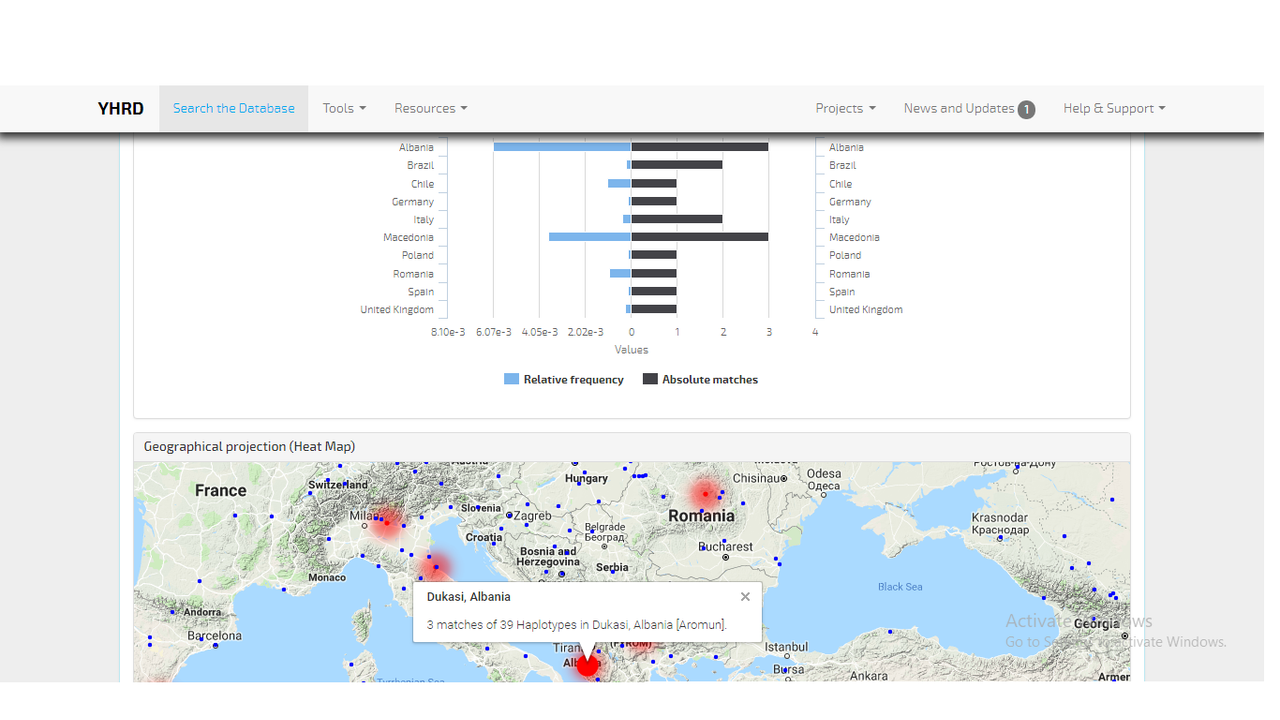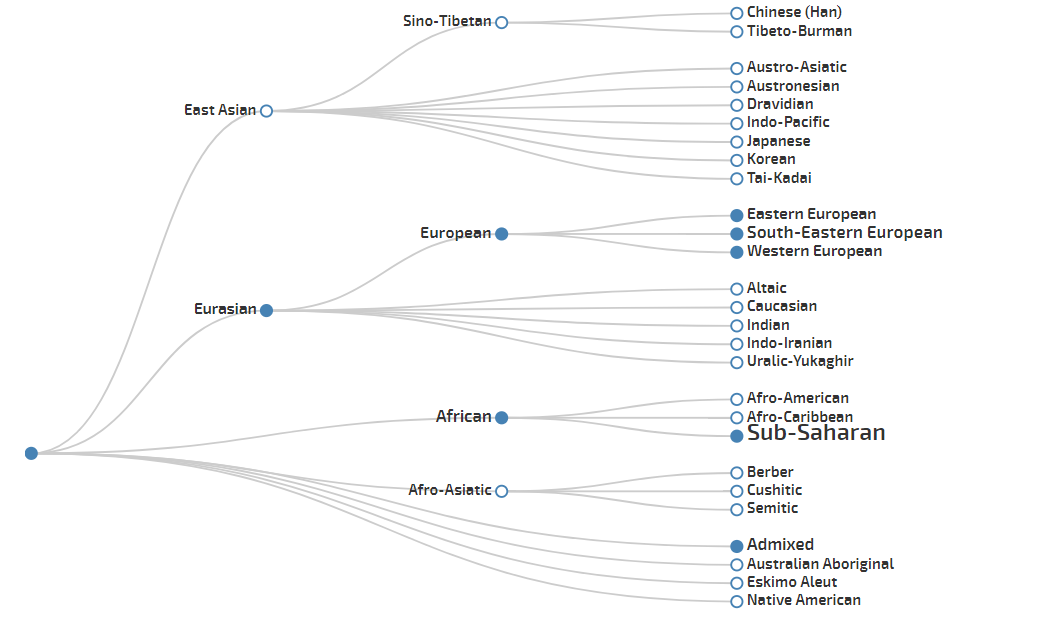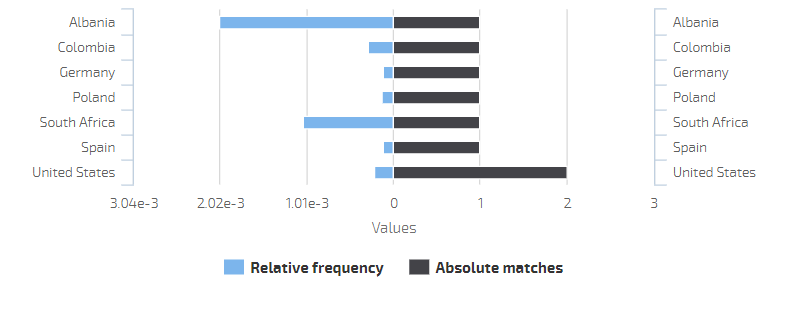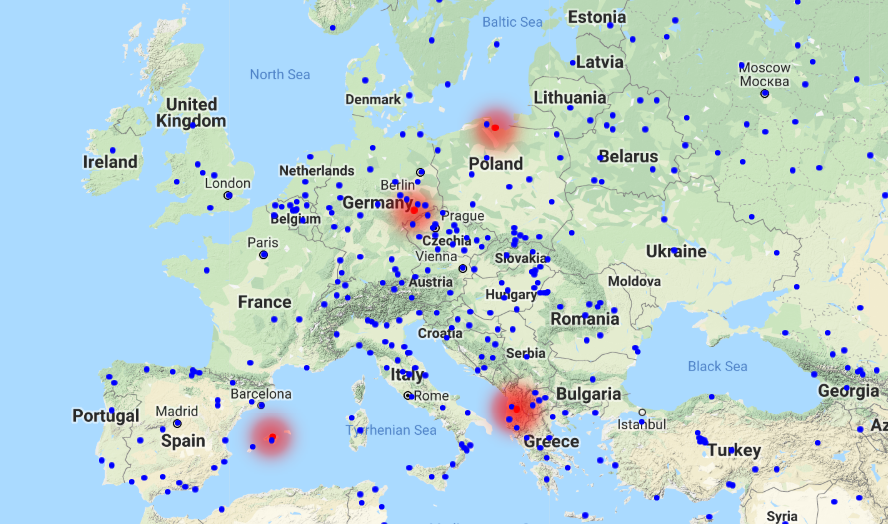Balto-Thracian
It appears so. I wonder who this Albanian match is. No FTDNA Albanian matches or even Yfull. I had to test my Albanian match from YSEQ to find our founder effect.
This explains strong Celtic-Germanic-Baltic influence on Albanian language and also sheds light on the Albanian - Dacian - Vlach connection.
Depends on age. Could be Getae (SamoGetae TyraGetae,..), Dacian (most melt into Goths and Slavs), Celto-Germanic Bastarnae (500 years NE of Dacians, melt into Ostrogoths and Antes) Celto - Dacian Anartes (NW Dacia) or even Vlach.
11 Century Nestor Chronicles - by 893 placed North Vlachs (that earlier had driven Slavs to the North), on the way of the Magyars' crossing from NW of Black Sea, through North Carpathians, into Pannonia.
12 Century Hungarian Chronicles also detected Vlachs along Slavs and Bulgars in Pannonian plane and North Carpathian, around 900 AD; 'Bulgars, Slavs and Vlach - Roman Shepherds'.
As for Antes hypothesis, Procopius and Jordanes place Antes in alliance with Huns, Slavs and Bulgars, a 4th independent political entity, in an alliance of 7 tribes, led by rulers of Baltic, Thracian, Gothic and Iranian names. Like Boz, Dabragezas, Idariz, Musochios, Kelagast, Ardagast, Pirogast) and record several Antes raids against Roman enemies, Ostrogoths and Sclavenes (with whom where in conflict).
By 612 Antes were defeated by Avars and is no coincidence that the very same year 612, their Latin patrons, the Eastern Roman Empire, is taken over by Greeks. A Greek world that never had previous influence above the South Balkans.
This unleashed what is called the great 'Slavic' migration into Balkans, consisting of Avars, Antes, Iranian Sorbs and Croats since the ecosystem of Roman power, that for several hundred years crushed multiple migratory waves, was suddenly reduced to the world of Greeks. It took Byzantines 100s of years to reestablish control over Balkans, but, by that time, new Balkan ethnicities emerged and were sedimented.
Referring to great 'Slavic' migration into South Balkans and Thessaly, Kekaumenos spotted "Dacian and Bessi from above the Danube, that claimed revenge for lost lands" that settled in the areas of Thessaly and around. And assumingly other Antes were also considered part of the great Slavic migration by those who interpreted history of the areas in recent times.
Archeology shows that first migratory wave was assimilated into indigenous population, only the second wave of west Slavs imposed the language that was fixed and spread through the adoption of OCS into Moravia, Bulgaria and Kievan Rus.
Assumed Antes tribes were Drevelyans - in Pripet area, Dulebes - in Volhynia, Polans - South of Kiev, Severians - NE of Kiev, Tiberians - between Dnister and Prut, Ulachs - between Dnister and Dniper, White Croats - North of Carpathian in Galitia.
Ulach obviously is the turanic form of Vlach, given by Huns, Avars, Bulgars, dissaperead in 612 and reappered 200 years later in the same area of Antes Ulachs, as Vlachs. Most of Antes tribes carry Balto-Thracian names - like D(T)revelyan, Dulebes or Latin names, like Tiberian, Severian, Volhin/Voloh/Volyn(by Slavs), Ulach(by Turks) and Iranic White Croats, settled over indigenous Dacian Carpi, Costoboci, Buri, Anartes.. in and above North Carpathians.
Given all the facts is possible that at least part of todays Albanians were one of those Antes of Balto-Thracian origin;
most probably shifted into Balkans around or after the 5h Century, with the Ostrogoths or as Antes, as Roman allies.
were in the proximity of Latin Romans but not around Byzantine Greeks (after 612 East Roman Empire changed to Greek);
were not within the area of Slavic expansion, like happened to be other Antes tribes, after Sclavenes, Moravian, Kievan Rus expanded over and imposed the language.
Also important to note that Avar alliance brought into Central-East Europe what we know as White Huns,
Alan Sorbs (in Silesia 540-630), Iranic Hrvat and if we look at the map, where they came from in the 6th Century,
will notice that on their way from the East Caspian, through the South Caspian, White Huns - Avars brought Iranian Croats
and from North East Caucasus the Alan Sorbs. Also notice that the Avar homeland is in East Caucasus,
right along the land of Daghe - Dacian Arbanites. An area flooded with R1b - L23 and J2, just like Albania today.
forum image hosting










